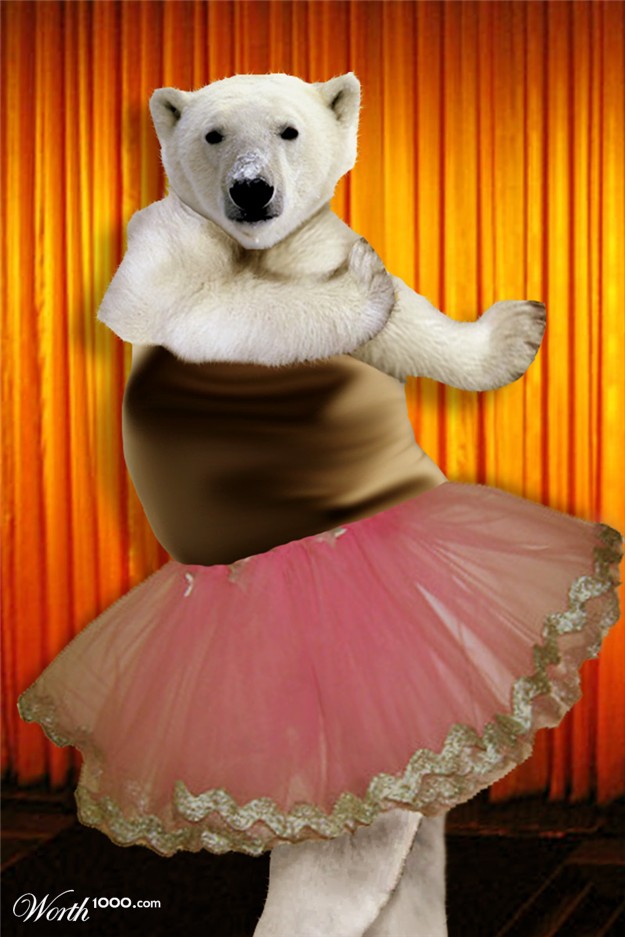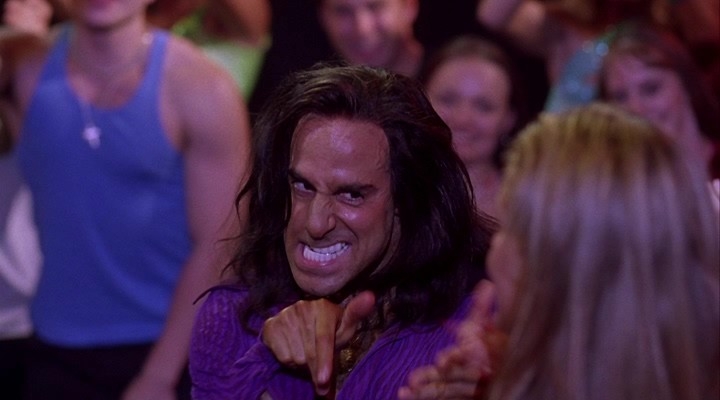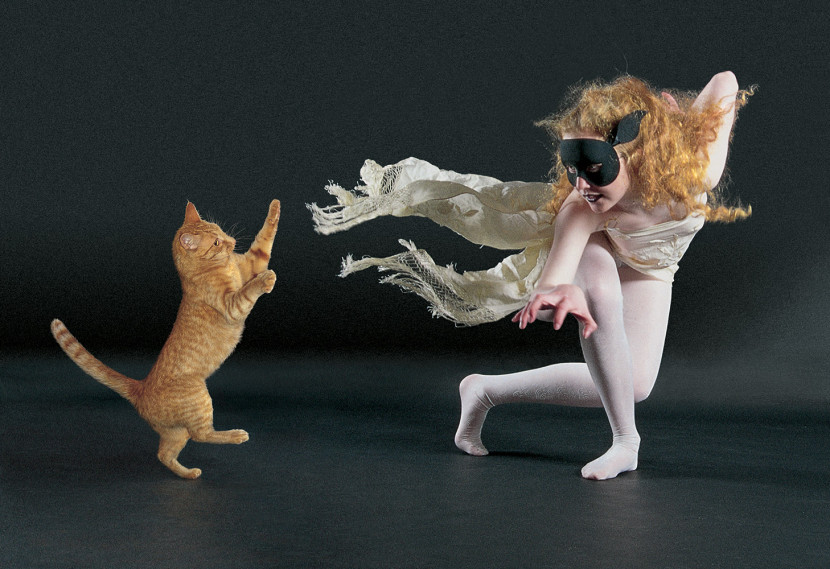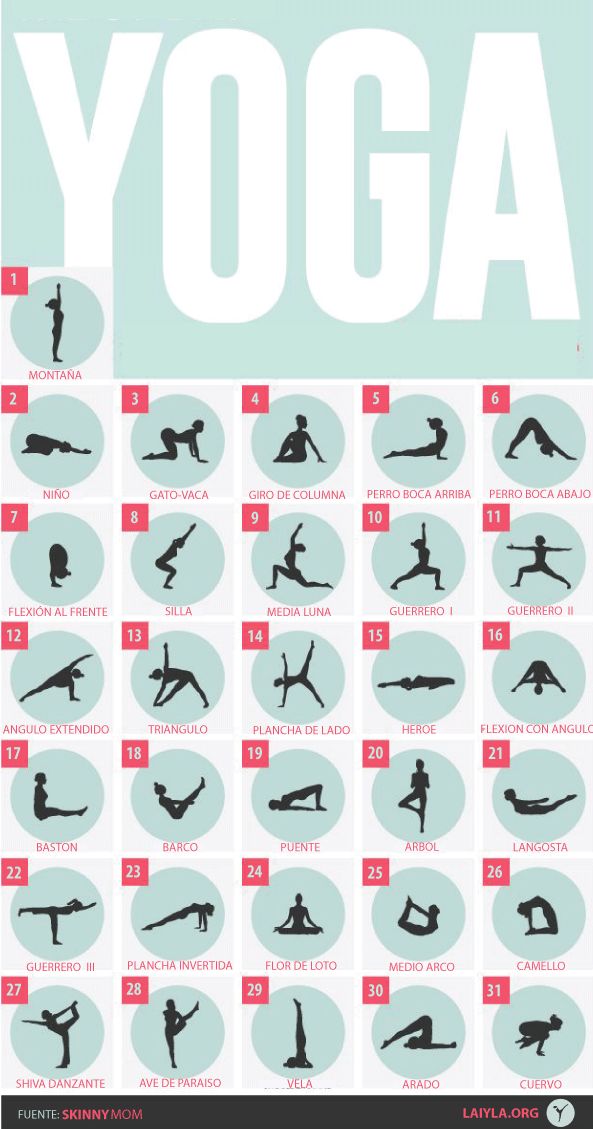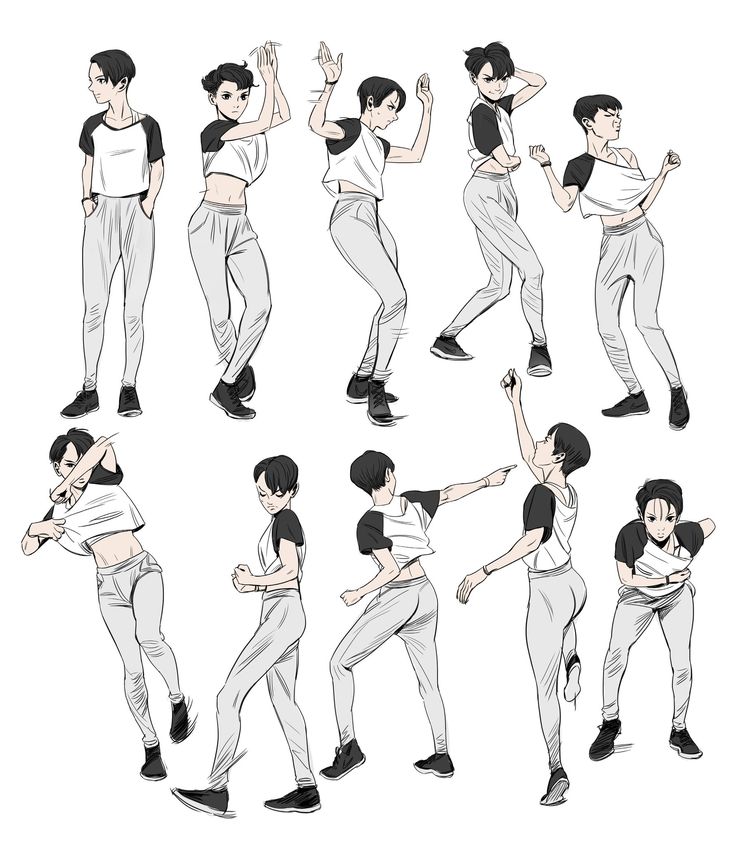How to do the wine dance
How Do You Wine Dance?
21 Answers
Rob Facey answered
Wine dancing or "The Dutty Wine" dance is a reggae dance that's inspired by Jamaican and West Indian music. Whether in Jamaica or just at a backyard barbecue, this is a craze which is sweeping the world and the dance is well worth learning so that next time you are at a party you know exactly what to do, even if you are not that good.
First of all, stand with a wide base and start moving your knees together and away from each other in a motion similar to the movements of a butterfly's wings flapping. Get a comfortable tempo for your knee flapping since this is the basis of the wine dance.
Squat down but keep your back straight as you do the dance. Begin to move your torso back and forth and to the side at a pace that's much slower and more controlled than the movement of your legs. Lean over so you're facing the ground and start to move your head in circles as the music speeds up. Change the motion around so you look from side to side and then up and down.
As you do this, be sure to keep the butterfly movement of your legs going. Drop into the splits suddenly if you can do it. If not, then drop down into a lower position as the music speeds up or simply do anything crazy and wild that's out of character with the rest of the dance. Immediately after you pull you unexpected move, however, continue to do the butterfly flapping motion and head turns.
thanked the writer.
blurted this.
Anonymous answered
There are 100s of ways to wine, the most basic form of wineing is a stationary stance were one simply moves there waist in a circular motion, this is usually done in large crowds were there is little room, like in a concert, or when one is to tired to do some real hard core carribean dancing and wineing. If you want to learn to wine, watch trinidadians do it, they invented it, and they invented soca music, witch is the main music that you wine to. Slow wine is more sexual, dutty wine is party like a rockstar, you can see hundreds of different types of wineing, in the Caribean Carnival, toronto, Montreal, Brooklyn, Atlanta, Miami, and in 2010 Virgina will have a Caribean Carnival. But Trinidad is were it all started, and Trinidad is were you must go to see "the greatest show on earth."
Slow wine is more sexual, dutty wine is party like a rockstar, you can see hundreds of different types of wineing, in the Caribean Carnival, toronto, Montreal, Brooklyn, Atlanta, Miami, and in 2010 Virgina will have a Caribean Carnival. But Trinidad is were it all started, and Trinidad is were you must go to see "the greatest show on earth."
thanked the writer.
blurted this.
Ayesha answered
Fah alyuh who don't know there is different styles of wineing in the Caribbean but wineing ORIGINATED in Trinidad and Tobago. Yes the wine could have been based off either the Indian or African culture but that’s only because TnT is a mixture of people derived from those countries. Not only was the dance created in the country of Trinidad, but also the word. Furthermore for all d other dances that was created in any other country with word wine in it...just big up to d country that it came from sweet TNT.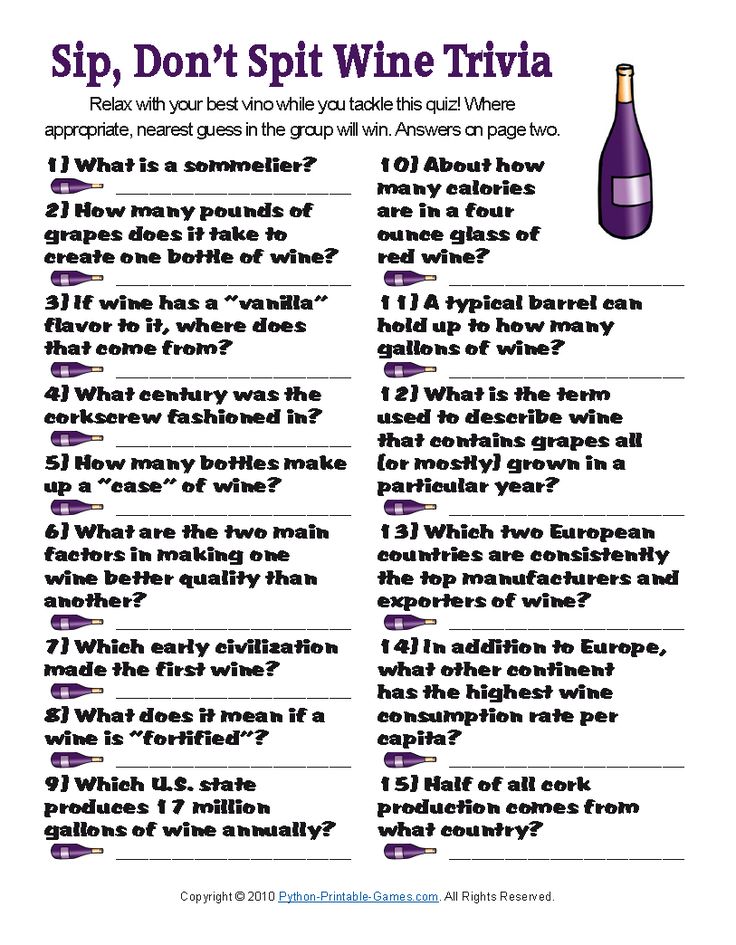 ....we lead others follow Budoow.
....we lead others follow Budoow.
thanked the writer.
blurted this.
Anonymous answered
Everyone on this is so ignorant. The origin of wining is Africa, specifically West Africa. Wining exists in the Caribbean islands because of the music and dance traditions that arrived with the slaves. All of you would easily know this if you just read a book. Seriously...just pick up a book and open it...it's amazing what you can learn!
thanked the writer.
blurted this.
Anonymous answered
Actually, the original answer is incorrect. That's like saying that whoever nailed the latest line-dancing craze invented it. While "dutty wine" is specific to the movements that go with that particular song, the act of wining has been around in soca culture since the beginning of time. I learned how to wine when I was 5 years old. That was 24 years ago - long before Dutty Wine ever came out. There are other songs with other variations of how to wine, such as "Dollar Wine".
I learned how to wine when I was 5 years old. That was 24 years ago - long before Dutty Wine ever came out. There are other songs with other variations of how to wine, such as "Dollar Wine".
thanked the writer.
blurted this.
Anonymous answered
You wine by moving your waist muscles and hips in a circular motion. There are several different types of wining. All deh Caribbean islands are good at wining, I am trinidadian but I think all Caribbean islands are just as good. It's really hard to decide which Caribbean culture does the best at wining, but from what I have seen from Trinidad (and you'll keep 4getting Tobago, not just Trinidad!!!) & Tobago, deh really can wine up deh place!!! Go Trini and Tobago!!! But anyway's that's how you wine, practice, practice, practice!!! :)
thanked the writer.
blurted this.
julia fillipino answered
Wining is maining circular motion of the hips, waist and core.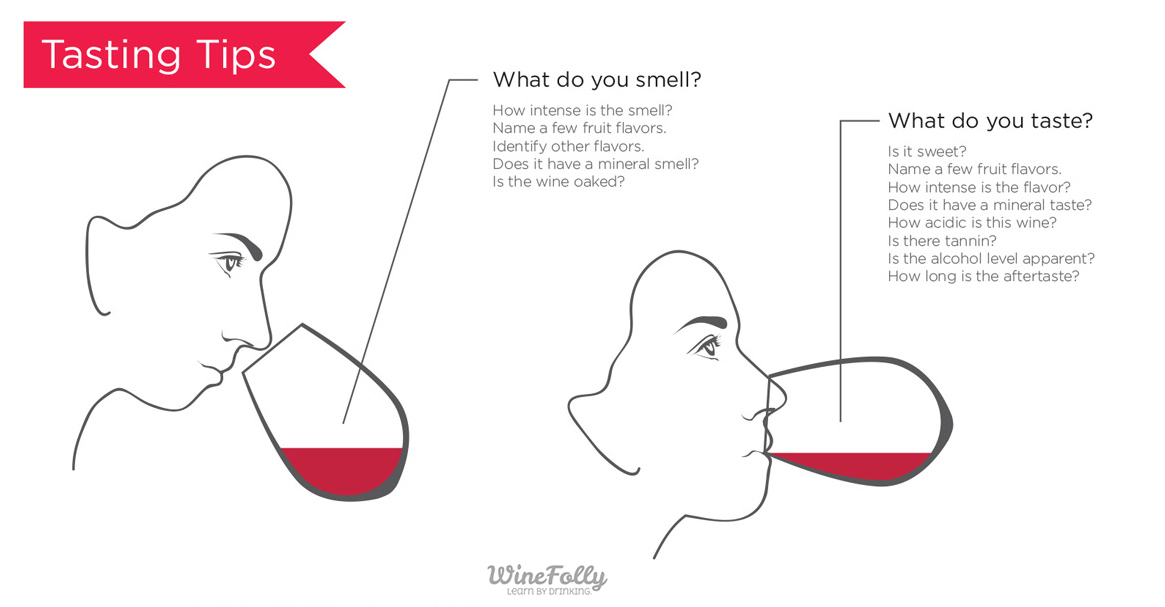 It did not ORIGINATE in Trinidad and Tobago . The dances we do now are reflections of our African ancestry. Also, YOU CANNOT compare Trinidadian and Jamaica whine on basis of better or worse because its two different style and techniques. Trinis "pelt wais' ! We move manily our butt and waist .Jamaicans have a more controlled and mechanical waistline movement that involves above the waistline and the stomach area and their LEGS.
It did not ORIGINATE in Trinidad and Tobago . The dances we do now are reflections of our African ancestry. Also, YOU CANNOT compare Trinidadian and Jamaica whine on basis of better or worse because its two different style and techniques. Trinis "pelt wais' ! We move manily our butt and waist .Jamaicans have a more controlled and mechanical waistline movement that involves above the waistline and the stomach area and their LEGS.
thanked the writer.
blurted this.
Anonymous answered
Go to trinidad not jamaica,they only good for reggae
thanked the writer.
blurted this.
shamar shamar answered
By moving your waist.
thanked the writer.
blurted this.
Anonymous answered
I swear the origin originate of hip movement style dances derives from Africa?
thanked the writer.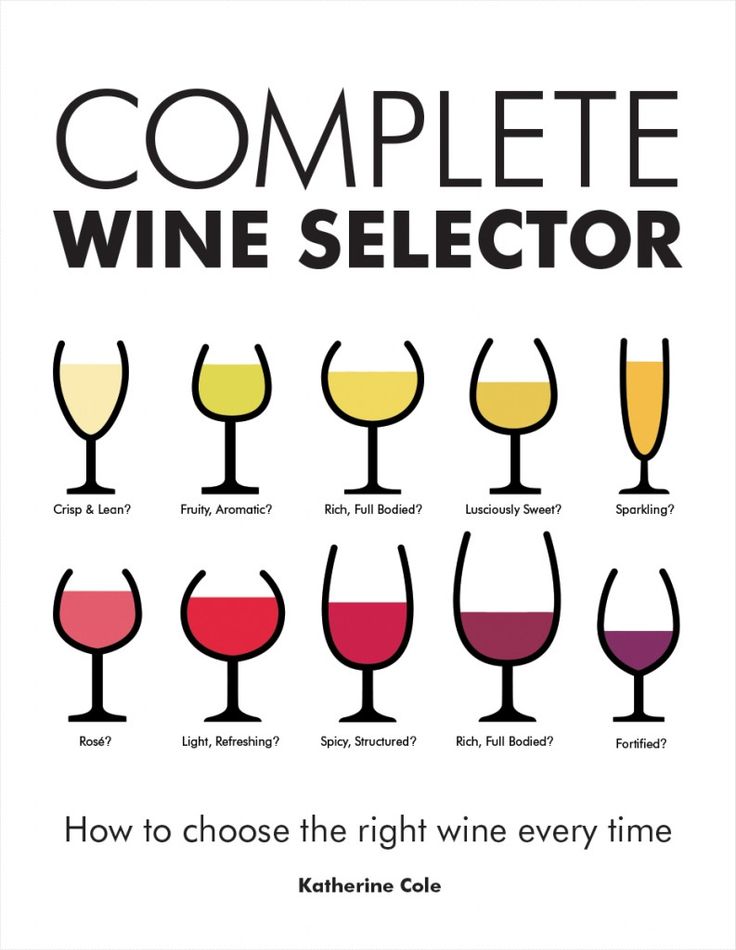
blurted this.
Anonymous answered
HATERS ; trinidad is the best don't deny it ;D
thanked the writer.
blurted this.
Anonymous answered
Jamaica will mass up any Caribbean when it come to dancing I could tel I'm from there
thanked the writer.
blurted this.
Anonymous answered
It's really disheartening to read some of these ridiculous comments about the origin of wining wining originated in the island of TnT not Jamaica and it is the gyration of the waist either fast or slow to soca music. At least the people actually living in JA recognize that fact
thanked the writer.
blurted this.
Anonymous answered
Your face
thanked the writer.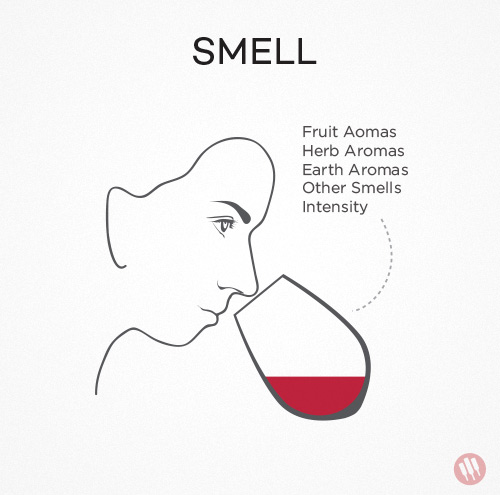
blurted this.
Anonymous answered
All you got to do is move you butt and look in da Mirror
thanked the writer.
blurted this.
Anonymous answered
Jamaican a di bomb.Especially when we go an tip pan wi toe.Ha beat that trididad.You guys are behind.Jamaica rule
thanked the writer.
blurted this.
Anonymous answered
Jamaica's dance is very unique and requires a lot of energy. Apar from dutty wine there is also bubble,hot wuk, tic toc and much more.
Jama'can wine 2 di whorl"!!!!!
thanked the writer.
blurted this.
Anonymous answered
You all wrong wining came from chutney music and not soca east indian dances did a lot of winning and the african thought they could of made it look better by using soca music any way winning came from trinidad and not frigging jamacia dutty wine is not winning that is regge and jamacians don't wine.
thanked the writer.
blurted this.
Stuti Ahuja answered
Wine dance, also known as Dutty wine dance has been a craze all through last summer has become a cultural fad in Jamaica and overseas. It is a fast and difficult dance which originated in Jamaica. It is not possible for me to explain the origin or the way this dance is done, you can check it out on www.youtube.com. Just visit the website and enter Dutty wine dance in the search section. There are health concerns voiced by doctors about the Dutty wine dance, it also supposedly killed an 18 year old in Jamaica. It can cause serious muscle and neck injuries which can lead to much serious problems and even death, while doing the dance. There are many head swinging and neck rotations which are a key feature of the dance.
thanked the writer.
blurted this.
Anonymous answered
Skeen!! Jamaicans can wine better than Trinidadians!! I love both countries and I have been both places and Jamaicans have better music and better rhythm in thier hips .
thanked the writer.
blurted this.
Anonymous answered
Wining came from guyana..... No offence but trinidad nd jamica stay 2 you passa passa dance
thanked the writer.
blurted this.
You might also like...
Answer Question
The Mission is getting a cool-kid dance party spot that serves hardcore natural wines
Skip to main content
San Francisco Chronicle Homepage
Currently Reading
The Mission is getting a cool-kid dance party spot that serves hardcore natural wines
- Subscribe Subscribe
- e-Edition
This is a carousel. Use Next and Previous buttons to navigate
Use Next and Previous buttons to navigate
3
1of3The Bar Part Time team, from left: Jeremy Castillo, Justin Dolezal, Alyx (Xyla) and Dan Small. The natural wine pop-up will open a permanent bar in fall 2021 in San Francisco.
Bar Part TimeShow MoreShow Less2of3Bottles of Alban Michel's natural wine, called Les Sabots d'Hélène, from France's Roussillon region, at a Bar Part Time pop-up.
Bar Part TimeShow MoreShow Less3of3Winemaker Shiva Osteen of Mountain Misery holding her wine, a macerated Gewurztraminer called Kiss Your Friends, at a Bar Part Time pop-up at Mercury Cafe in San Francisco.
Bar Part TimeShow MoreShow LessBar Part Time is going full time. The natural wine pop-up, which gained a fervent following during the pandemic for its raucous DJ dance parties and cheeky t-shirts, is taking over the Mission District space that formerly housed Thieves Tavern, with plans to open sometime in early fall.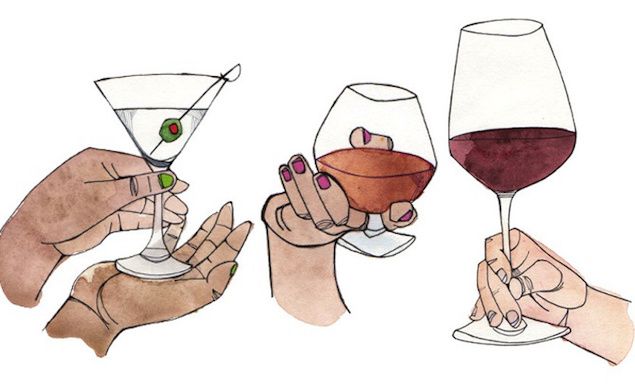
“We want to make it feel less like a traditional wine bar where there’s a stuffy, high-society quality, and more like a party vibe that’s super fun and inviting,” said Justin Dolezal, a partner in the bar with Jeremy Castillo and Dan Small.
They envision a place where people can come for a casual glass in the afternoon and early evening, then take to the dance floor as the night grows later. “I’ve always thought of wine as something to drink into the wee hours of the morning,” said Castillo, who is also a DJ.
Though the space at 496 14th Street (at Guerrero) doesn’t have a kitchen, there will be some food available, likely sourced from local purveyor friends of the owners like the Sunset supermarket Queens. They’ll also have a retail component.
The core of the drink menu will be by-the-glass natural wine, the notoriously nebulous category that broadly refers to wines that are made with minimal intervention. Bar Part Time will be stocking wines made without any chemical additions at all, making it one of the more radical natural wine bars in the Bay Area.
But the vibes that Bar Part Time has cultivated since the pop-up started will be just as much of the draw as the wines. Dolezal, Castillo and Small are trying to make wine less of a bore, more of a party, with plans to stay open until midnight on weekends — unheard-of hours for most San Francisco wine establishments. Wine bars aren’t typically destinations for people who want to go out dancing. Bar Part Time hopes to change that.
The trio held its first pop-up in early 2020, before shelter-in-place orders started, at Mercury Café in Hayes Valley. All have worked in the Bay Area natural wine scene for years, at places like Mission Cheese, the Punchdown, Verjus and Ruby, and viewed the pop-up as a first step toward opening a bar of their own. Given Castillo’s DJ experience, adding music was a natural fit. They had a bigger and more energetic turnout than they’d expected, with the party spilling onto the street outside.
A natural wine pop-up held by Bar Part Time on June 4, 2021 at Mercury Cafe in Hayes Valley, featuring DJ Mishka (Jess Mahklin). Video: Bar Part Time
Video: Bar Part Time They planned to hold another one in March 2020 and stocked up on wine in preparation. Then the pandemic hit, leaving them with a bunch of excess inventory. They’d either have to drink the wine themselves, Dolezal said, or find some other way to sell it.
So they got a license for wine delivery and began selling bottles to the local following they’d begun to attract. Eventually, when pandemic restrictions eased, they were able to hold a few more pop-ups at Mercury Café. They took the pop-up on the road too, holding events at Friends & Family bar in Oakland, at the clothing boutique Virgil Normal in Los Angeles and at the famously hip New York City restaurant Dimes.
Meanwhile, the group enlisted a designer friend to create some Bar Part Time merch — t-shirts, sweatshirts, water bottles and other swag with cartoon drawings and wine jokes. (“A camel can go without a drink for 8 days, but who wants to be a camel?” reads one long-sleeved shirt. ) The merch became a runaway hit, they said.
) The merch became a runaway hit, they said.
Bar Part Time also became known for its relatively stringent interpretation of what constitutes “natural wine.” Some Bay Area natural wine bars consider some minor winemaking tweaks acceptable, such as the addition of sulfur dioxide, a preservative. Others, like Ruby Wine in Potrero Hill, take a harder-line approach, carrying only wines that are “zero-zero,” meaning absolutely no additions or subtractions are made, not even sulfur.
Inspired partly by Castillo’s time working at Ruby, the owners of Bar Part Time say they, too, are drawn to wines that have no sulfur or other additives. A large portion of the wine list will come from Europe, whose natural-wine movement is more evolved than that of the U.S., but the team said they’re excited about the roster of natural winemakers in California they’ve been working with. They cited producers like Mountain Misery, Slow Dance, Stagiaire, Caleb Leisure, Absentee and others.
Their vision for a high-energy, wine-fueled dance party predates the pandemic, but Castillo and Dolezal said that the pandemic made the need for that sort of celebration feel all the more dire. “I think people have really identified with the vibe and the scene we’ve created,” Dolezal said. “The wine is the centerpiece, but sometimes it feels like we’re an entertainment company.”
“I think people have really identified with the vibe and the scene we’ve created,” Dolezal said. “The wine is the centerpiece, but sometimes it feels like we’re an entertainment company.”
A firm opening date has not yet been set. Until then, fans can continue to check Bar Part Time’s Instagram page for updates about pop-ups and visit its website for information about wine delivery (available in San Francisco).
Bar Part Time. Opening fall 2021. 496 14th St. (at Guerrero), San Francisco. www.barparttime.com
Esther Mobley is The San Francisco Chronicle’s wine critic. Email: [email protected] Twitter: @Esther_mobley
Return to Top
©2022 Hearst
To be in time this summer: where to go if you want wine and dancing?
Summer is ending inexorably, but we also have good news - warm weather will last until September, which means there is still time to drink and dance on the capital's verandas. Where to go next weekend - says ELLE gastronomic critic.
Where to go next weekend - says ELLE gastronomic critic.
Wine Market. Dancing»
The institution is title, and therefore the most obvious. Unlike other points of the network (there are 7 Bazarov in Moscow in total), dances here are taken seriously, they are arranged according to the schedule (Thursday-Friday), they are in favor of warming up with sparkling, and therefore the dances turn into rhythmic swaying of the hips rather than active body movements.
Cevicheria|Tartaria
The neighbors of the Wine Bazaar on Prechistenskaya embankment are older and wealthier people, with a more delicate taste for wine and a different attitude to life, but they are not alien to parties in the style of Ibiza clubs, which are held on Fridays on their white veranda.
Prosecco Bar
The bar on Pyatnitskaya dives into prosecco every weekend like it's the last time. And he does it without fail to the music. Instead of chairs and armchairs, there are benches-perches, so you definitely can’t sit still.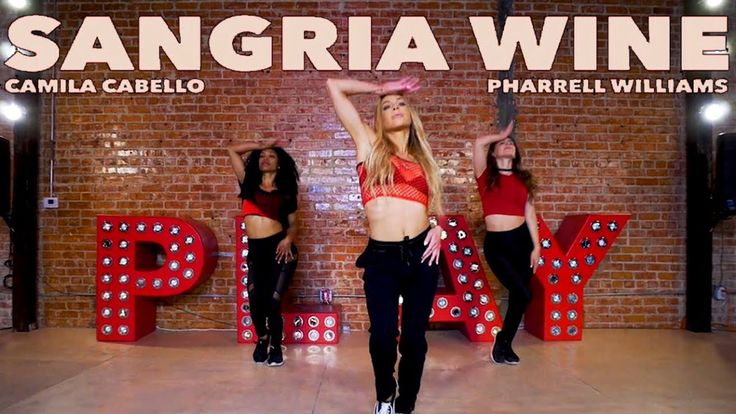
PR 11
Prosecco bar on Sretenka hosts parties with Vitalik Kozak and Eva Vostroknutova. If you know these names, you will understand that the fun here reaches its maximum degree of recklessness. And how do they manage to dance so wildly in such a tiny place?
Twins Wine Space
"Every Friday and Saturday we have a lot of fun, and all because DJs burst into our enogastronomic idyll." Well, how fun? It’s more like a pleasant relaxation, but you don’t need more in a place that is located in the St. Regis hotel and sells the most expensive wines in the world, albeit for the most ridiculous money by Moscow standards. The perfect place for a pre-party, by the way.
Bambule
A Berlin-inspired bar with an unnamed wine list, with labels glued in instead. Indeed, why memorize the names of biodynamic babies if it is not clear whether they will be available in a week, not only in Moscow, but in Russia in general? But you can try a lot of things, get to know the students of Victor Melamed, who repaints a fresco every week in a bar, and dance from the heart if she asks for it.
Strelka
The bar at Krasny Oktyabr used to be a Mecca for young creaks, but over time its fame has faded. This does not prevent the institution from throwing parties with a cool line-up, and for visitors to dance on them. It is true that wine or cocktails contribute more to this is an open question.
Ketch Up
A 24-hour burger bar with DJs on Kuznetsky Most — what else do you need to be happy when you are 17 years old? In Ketch Up, wine is obviously secondary. And here is the dance in full growth. Parties until midnight on Thursday. On Fridays and Saturdays they burn until six in the morning.
Leveldva
Officially this is an evening bar above the Ugolek restaurant, in fact it is the best nightclub in Moscow. The public drinks cocktails here, but no one bothers to order wine (there was a good offer on biodynamics) or champagne. On the latter, by the way, it is easy to hold out in the rhythm of the dance until the morning!
Vladimir Gridin
Cinema, wine and dance: the new Rigoletto at MAMT
Verdi's Rigoletto at MAMT. Photo by Sergei Rodionov
Photo by Sergei Rodionov This production is the debut of drama director Vladimir Pankov, who seems to be convinced that there is nothing in the world more boring than opera, just vocalists singing on stage.
As a result - endless ripples in the eyes of the viewer: close-ups on the back, video camera shooting online and - dance, dance, dance ... . Stanislavsky preferred to experiment with the works of Russian composers, Nemirovich - with operetta and modern material.
In post-Soviet times, priorities shifted towards popular, box-office titles, and over the past quarter of a century, six Verdi works have appeared here, and, for example, Othello has been addressed twice (in 1996 and 2019). But the world-famous opera “Rigoletto” at the Stanislavsky Museum has only been staged once, back in 1939.
For the production, the head of the theater's opera company, Alexander Titel, invited a Varangian, a drama director, the founder of the sounddrama method, Vladimir Pankov. The ingredients from which Pankov prepared his "dish" are quite predictable.
The ingredients from which Pankov prepared his "dish" are quite predictable.
First, the cult production of Rigoletto by Jonathan Miller, shown at the English National Opera in 1982, comes to mind; where the action takes place in Manhattan during the time of the gangsters. Secondly, in Pankov's production there are elements of commedia dell'arte, with its buffoonery, masks and eccentricities, bright costumes and exaggerated theatricality. Thirdly, cinema, which is now resorted to in almost every second performance. And, finally, - ballet, plastic, dancing almost every measure.
Heil Verdi
It seems that the director is convinced that there is nothing in the world more boring than opera, just vocalists singing on stage, so it is necessary to enliven the action as much as possible. Endless close-ups on the backdrop, work with a video camera in real time and - dance, dance, dance ... The buffoon doubles of the main characters are dancing, secondary characters are dancing and only mentioned in the text of the libretto, extras are dancing.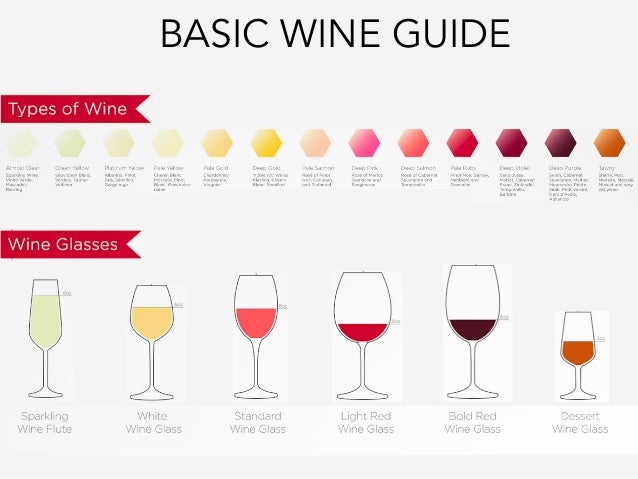 In a word, on the stage - the theater of opera and ballet in all its glory.
In a word, on the stage - the theater of opera and ballet in all its glory.
There is so much movement on the stage that it ripples in the eyes (choreographer Ekaterina Kislova). From the number of people on stage - too, especially since Pankov is very passionate about the topic of duality - everyone has duplicates. Gilda even has two. One of them is a little girl (Elena Bashlova) in a New Year's pointed cap and a white gauze dress. Apparently, this is the heroine herself in childhood. Her weak soprano was given, among other things, pieces of the prima donna part, with which she quite naturally cannot cope. The second take is a young ballerina in an outfit that repeats the clothes of the main character.
Rigoletto himself is duplicated by a mime in a red harlequin three-horned hat and a red cloak. In the finale, the Duke will put on this outfit, who turned out not to be a capricious spoiled tyrant child, but the main villain of the whole story.
Each of these findings separately seems to be appropriate, and gives rise to some associations and allusions that are appropriate in the context of this opera. However, the density of theatrical vocabulary in the production is so high that in the end there is a feeling of confusion and hash. Here you have angels with gilded wings, and either young ladies, or young men in kokoshniks a la russe, and even the Alexandrov Ensemble in full uniform, dangling its legs into the orchestra pit.
However, the density of theatrical vocabulary in the production is so high that in the end there is a feeling of confusion and hash. Here you have angels with gilded wings, and either young ladies, or young men in kokoshniks a la russe, and even the Alexandrov Ensemble in full uniform, dangling its legs into the orchestra pit.
The presence of the latter, mindful of the air tragedy in Sochi, which is still alive in the memory, is an obvious overkill ... The stage design was perceptibly kitsch (set designer Maxim Obrezkov), and the main idea of the performance, vaguely formulated by its authors, turned into one message - entertainment by all possible means .
SoundDrama, or Opera with ballet
Things are even worse with the film part (video artist Kirill Pleshkevich). Close-ups projected with a video camera on the back, outshine everything. Against this background, vocalists on stage seem unimportant, small, uninteresting, they are not noticed and eventually forgotten about. But movies shot in real time are far from perfect.
But movies shot in real time are far from perfect.
In the great aria "The Courtesans", full of furious drama, an interesting trick was found - the camera, moving in a circle, shows the faces of the cruel accomplices of the Duke one by one. But what would an experienced and talented cameraman make of this scene in a real movie? An ostrotragedy extravaganza that would touch the nerve of every spectator. And here it turned out - a repetition, another repetition, no dynamics ... When the cinema on stage is replaced by endlessly pop-up lurid screensavers, it becomes completely boring - a similar sad experience of the June "Free Shooter" is recalled.
Despite the colossal Verdi traditions developed over the post-Soviet years, the product is far from perfect in terms of music. Maestro Felix Korobov explains the originality of the chosen tempos by cleansing the score of late layers and clichés. He, in his own words, prepared the premiere almost according to the notes of the times of Verdi himself, found in the bins of La Scala.

